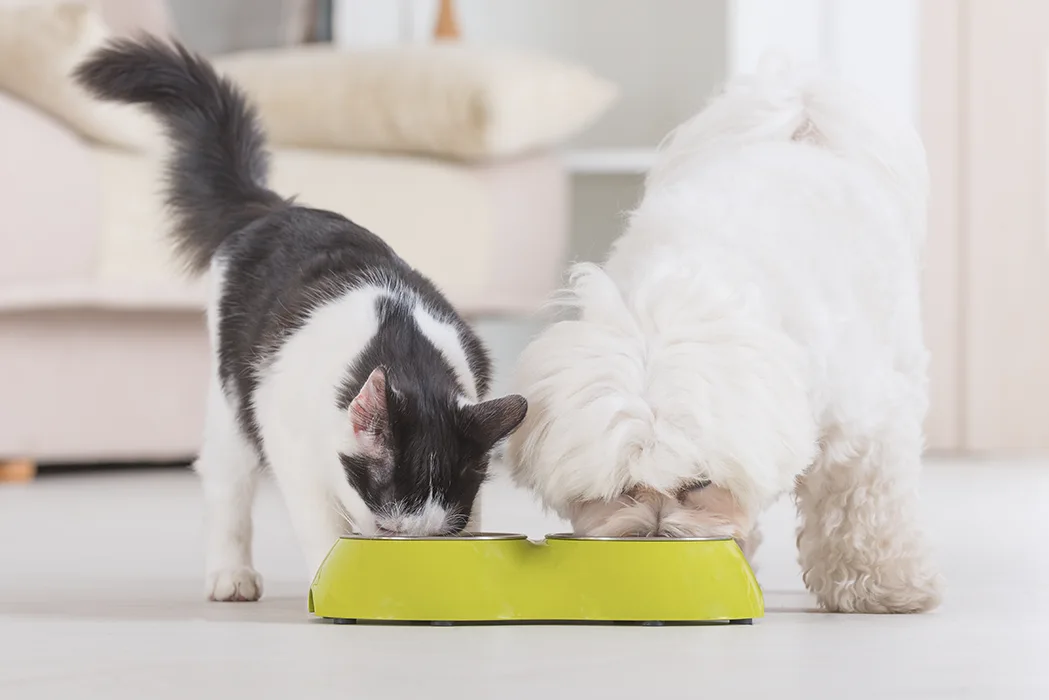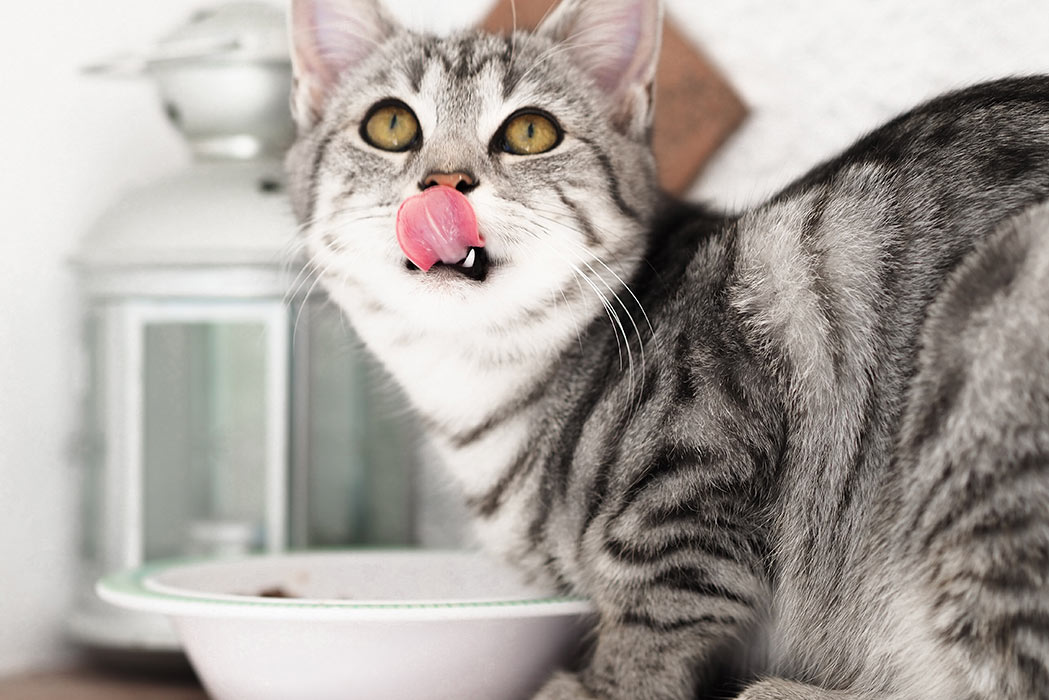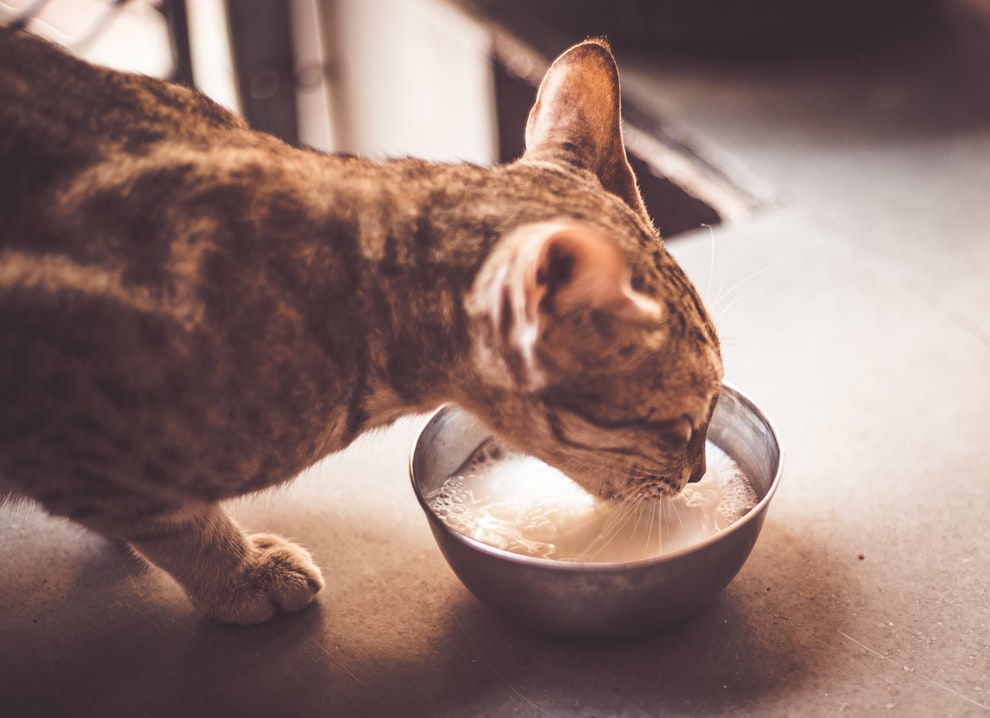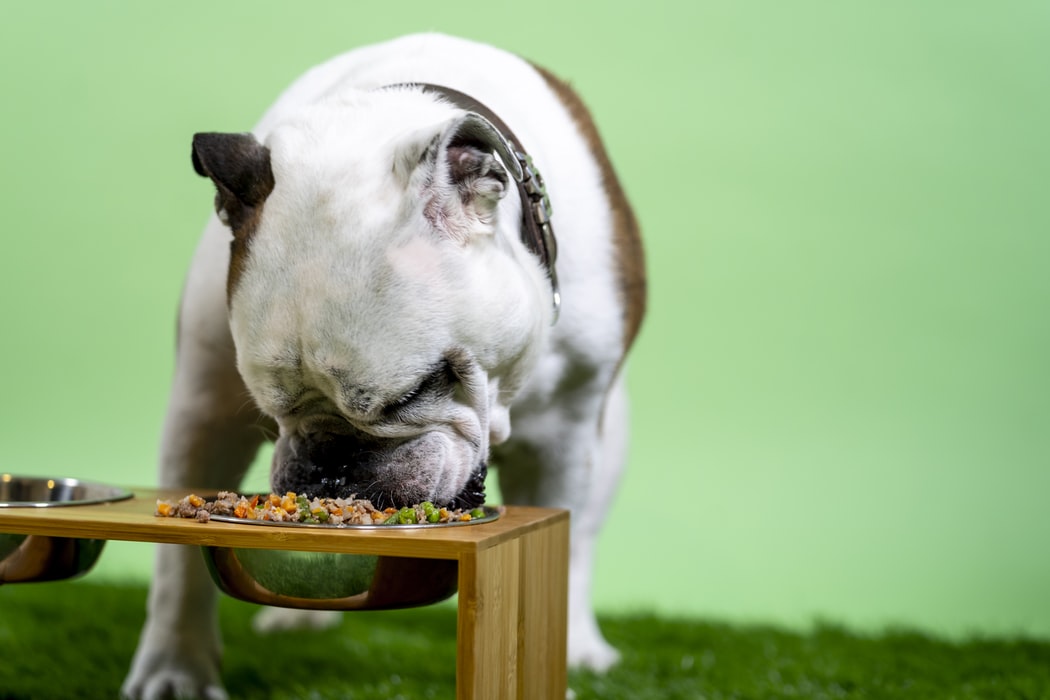
In recent years, “human-grade” pet food has exploded in popularity. This designation refers to pet food that is made from ingredients that meet the standards for human consumption and processed in facilities that follow regulations for human food production. Many pet foods claim to be human grade, but not all are Human Grade Certified. Here… Read more »




